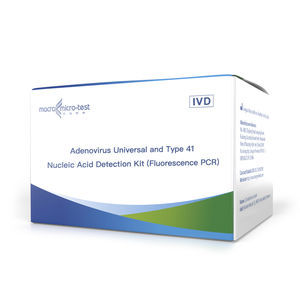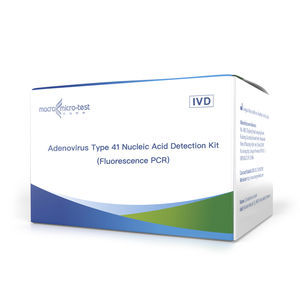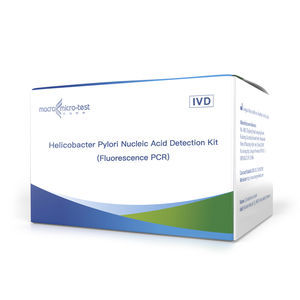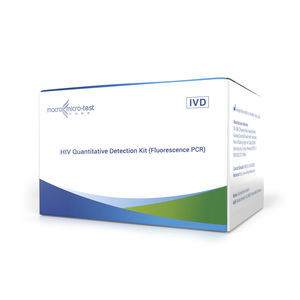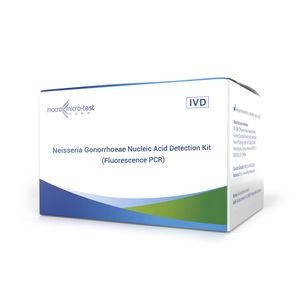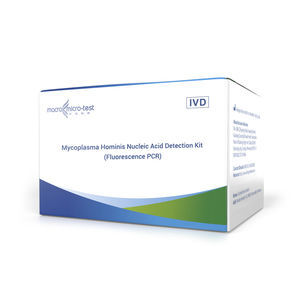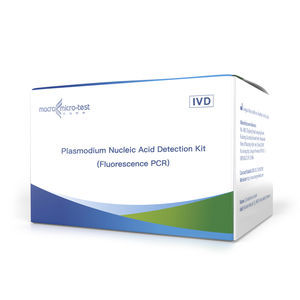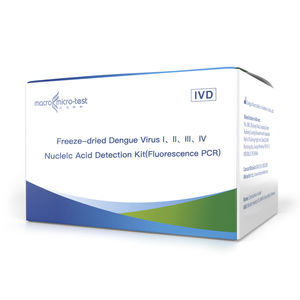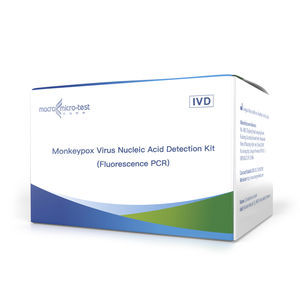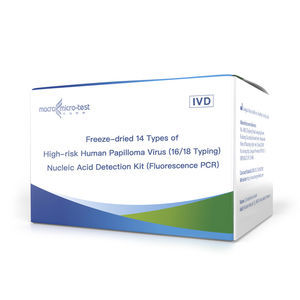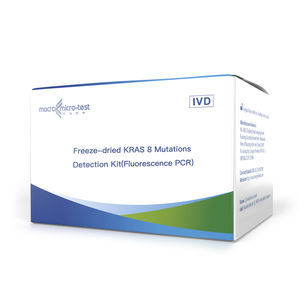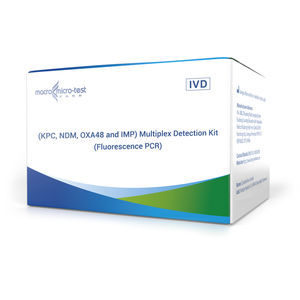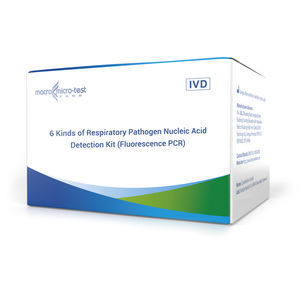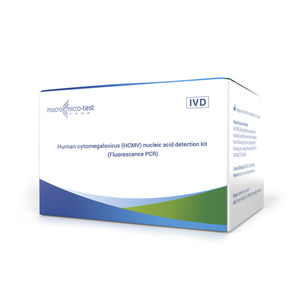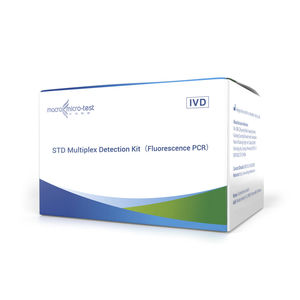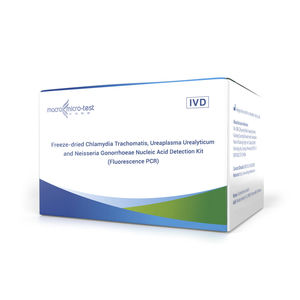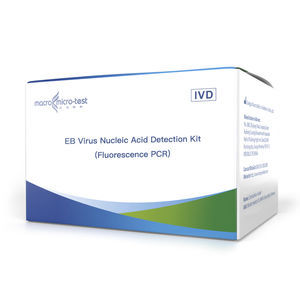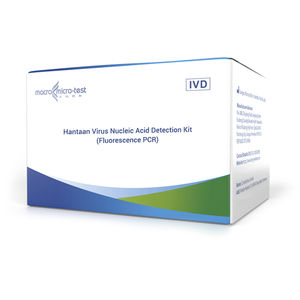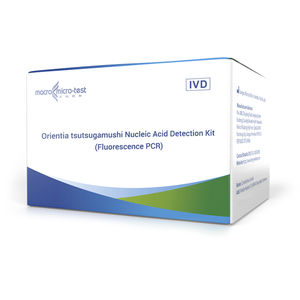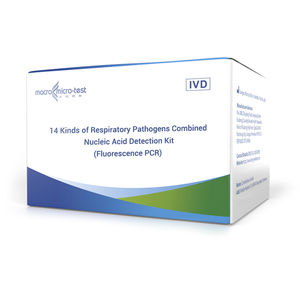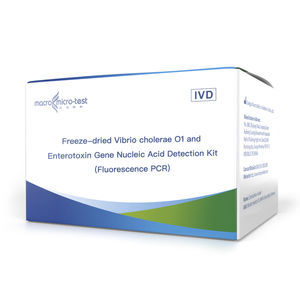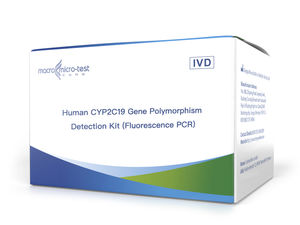
- Laboratory
- Laboratory medicine
- Bacterial vaginosis test kit
- Jiangsu Macro micro-test Medical Technology

- Company
- Products
- Catalogs
- News & Trends
- Exhibitions
Bacterial vaginosis test kit HWTS-FG001AbacteriaCandida albicansclinical
Add to favorites
Compare this product
Characteristics
- Application field
- for bacterial vaginosis
- Micro-organism
- bacteria, Candida albicans
- Sample type
- clinical, sputum, urogenital, vaginal secretions
- Analysis mode
- for PCR, fluorescence
- Result display time
Max.: 90 min
Min.: 60 min
Description
Epidemiology
Candida species is the largest normal fungal flora in the human body. It exists widely in the respiratory tract, digestive tract, urogenital tract and other organs that communicate with the outside world. Generally, it is not pathogenic and belongs to opportunistic pathogenic bacteria. Due to the extensive application of immunosuppressant and a large number of broad-spectrum antibiotics, as well as tumor radiotherapy, chemotherapy, invasive treatment, organ transplantation, the normal flora is imbalanced and candida infection occurs in the genitourinary tract and respiratory tract.
Candida infection of the genitourinary tract can make women suffer from Candida vulva and vaginitis, which seriously affects their life and work. The incidence of genital tract candidiasis is increasing year by year, among which female genital tract Candida infection accounts for about 36%, and male genital tract Candida infection accounts for about 9%, among them, Candida albicans (CA) is the mainly infection, account for about 80%. Fungal infection, typically Candida albicans, is an important cause of hospital-acquired death, and CA infection accounts for about 40% of ICU patients. Among all the visceral fungal infections, pulmonary fungal infections are the most common, and the trend is increasing year by year. Early diagnosis and identification of pulmonary fungal infections are of great clinical significance.
Channel
FAM - Candida Albicans
VIC/HEX - Internal Control
Technical Parameters
Storage - ≤-18℃
Shelf-life - 12 months
Specimen Type - Vaginal discharge, Sputum
Catalogs
No catalogs are available for this product.
See all of Jiangsu Macro micro-test Medical Technology‘s catalogsOther Jiangsu Macro micro-test Medical Technology products
FLUORESCENCE PCR
Related Searches
- Assay kit
- Solution reagent kit
- Blood assay kit
- Serum assay kit
- Immunoassay assay kit
- Plasma assay kit
- Infectious disease detection kit
- Blood rapid diagnostic test
- Diagnostic reagent kit
- Immunoassay rapid diagnostic test
- Molecular test kit
- Cassette rapid diagnostic test
- Rapid virus test
- Respiratory infection test kit
- Whole blood detection kit
- Serum rapid diagnostic test
- Plasma rapid diagnostic test
- Optical assay kit
- Clinical assay kit
- Infectious disease rapid diagnostic test
*Prices are pre-tax. They exclude delivery charges and customs duties and do not include additional charges for installation or activation options. Prices are indicative only and may vary by country, with changes to the cost of raw materials and exchange rates.




